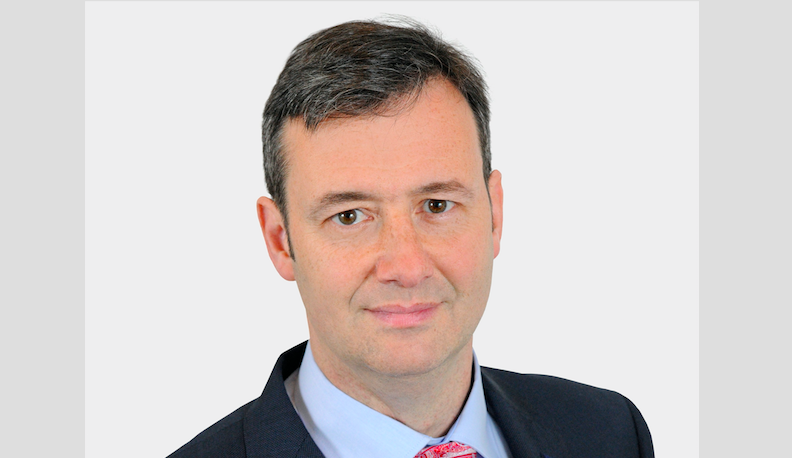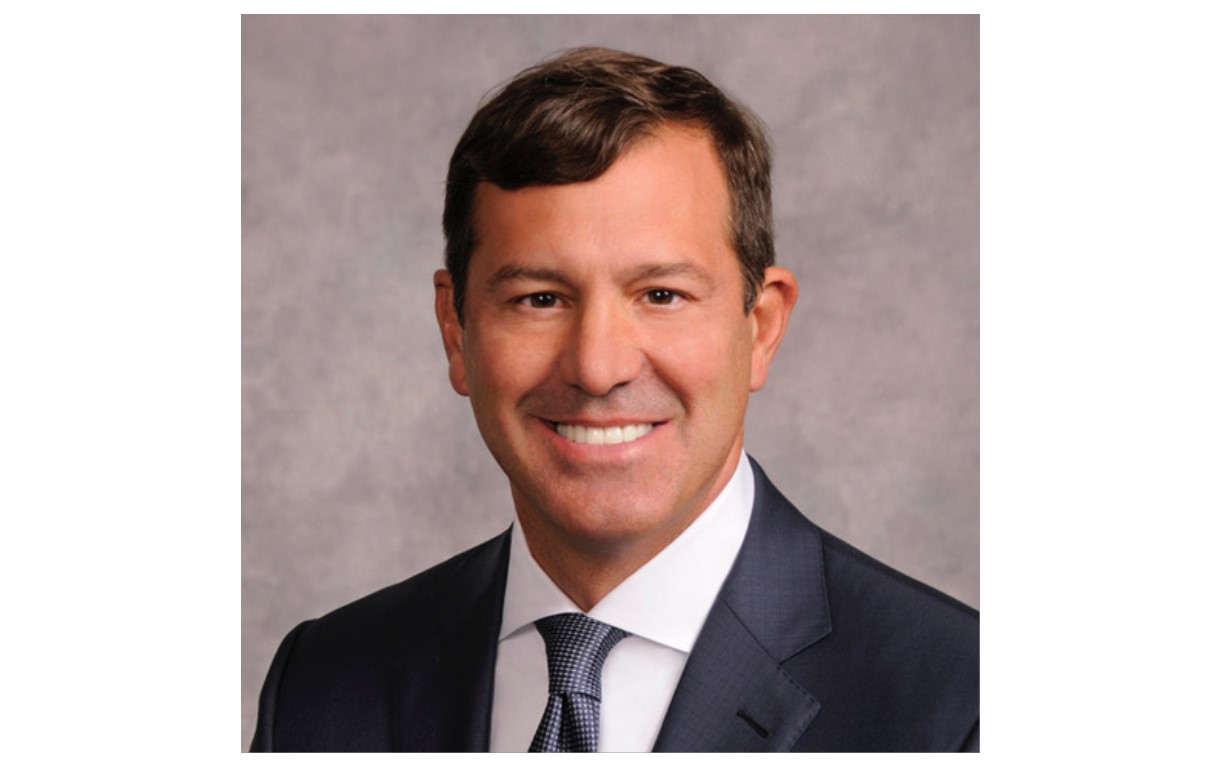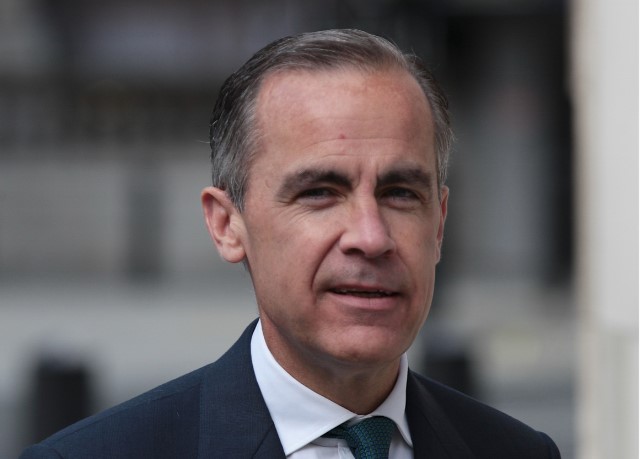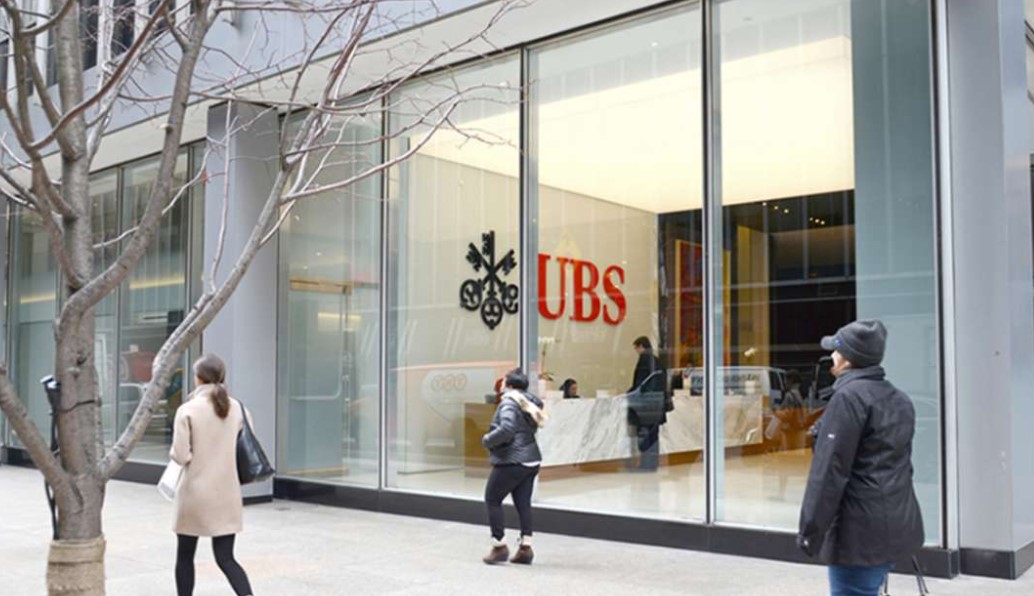The Inflation Debate: What to Expect in an Economy Emerging from the Pandemic
| By Meritxell Sedo | 0 Comentarios

Jupiter Asset Management is organizing its first virtual event, “The Big Picture Series” for September, October and November, during which the management company will be bringing together experts from various investment disciplines to discuss current financial issues.
At the opening of the event, the first conference was delivered by Andrew Formica, the company’s CEO, who reflected on the unprecedented scale of globally disruptive effects of the pandemic and spoke of his belief in “the power of active minds” to meet the challenges of the currently irrational markets.
Afterwards, Richard Buxton, Head of the UK Alpha strategy and former CEO of Merian Global Investors, and Edward Bonham Carter, Vice Chairman of Jupiter Asset Management, spoke about the process of unifying both firms and the possible headwinds in the markets: the US presidential elections, the failure to reach an a Brexit agreement and the implications of the coronavirus crisis.
Then, on the panel discussion, Katharine Dryer, Deputy Chief Investment Officer, moderated a discussion that addressed inflation in a world that is still emerging from the pandemic. The panel included Ariel Bezalel, fund manager and Head of strategy for the fixed income team at Jupiter AM, Mark Richards, strategist with the Multi Asset team, Chi Kit Chai, Head of capital markets and CIO at Ping An Asset Management (Hong Kong), and Ned Naylor-Leyland, fund manager and Head of the Gold & Silver team.
In response to the crisis caused by the pandemic, central banks and governments have taken a major policy shift with a new wave of accommodative measures. As markets adapt to these new conditions, the debate centers on whether an inflationary or deflationary environment will occur. Beginning the round of responses, Ariel Bezalel, reviewed the evolution of inflation in the last decades, and argued that, in his opinion, what we are facing is structural deflation.
“In the 1980s, central banks, led by the efforts of Paul Volcker as Chairman of the U.S. Federal Reserve, focused their efforts on fighting inflation. Then, the decade of the 90s was marked by a period of moderate inflation. While, at present, deflation or disinflation seems to be gradually enveloping the world. In reality, it is really a growing concern for the major central banks. Over the last decade, we have been experiencing a deflationary environment that has been expressed in our portfolios with a high weighting of medium and long duration securities issued by some of the AAA rated sovereign issuers,” explained the manager.
“In the Euro zone, 60% of the economies are experiencing deflation. On average, if you look at the situation in developed economies, inflation is close to 0%. While in emerging markets, where traditionally higher inflation levels have been experienced, inflation levels have been seen to decrease, reaching an average of 2%, year-on-year,” he added.
According to Ariel Bezalel, most of the arguments on deflation are grounded on worldwide labor price. In a world with a massive increase in debt, an aging population, and enormous disruption by technology and globalization, the incorporation of cheaper labor from emerging economies into the global economy has been key to increasing deflationary pressures.
Another factor that has also been seen over the last few decades is how capital has gained an increasing share of the pie in the face of the bargaining power of the workforce. Since the pandemic began, some of these trends have accelerated – in particular the creation of more debt to try to rescue the global economy. But, for Bezalel, the concern is not so much the increase in debt as the utility of the debt. The manager pointed out that, during this year, a large part of the increase in fiscal deficits has been dedicated to rescuing the corporate sector and supporting people who have lost their jobs; unproductive debt that has not led to progress in infrastructure investment.
Mark Richards, on the other hand, maintained a slightly different vision, with a slightly more inflationary scenario. The strategist of the Jupiter AM Multi Asset team argues that some of the structural forces of recent decades have set a trend, but that for the first time in the last 30 or 40 years one can see a coherent narrative on inflation based on a greater tendency of economies to deglobalization.
In the late 1990s and early 2000s, the impact of China’s entry into the global economic scene increased the world’s labor supply. Today, however, we are witnessing a reverse process, which is reflected in the strained trade relations between the United States and China. The way in which the post-VIDC era is moving towards a de-globalization of the economy would explain a possible increase in inflation. More money must be spent on redirecting supply chains, representing a greater cost to the system.
Furthermore, it should be taken into account that, at the global level, monetary policies are giving way to fiscal policies. During the last decade, the monetary policy of the main central banks has been expansive. At present, both fiscal and monetary policies are moving in the same direction after a very long time. According to Richards, the main difference in the response of the authorities to this crisis as compared to previous ones is that the liquidity that is flowing in the system is going to those areas which are less prone to consumption, so the argument of the speed of money is beginning to be more convincing.
Central banks are abandoning inflation targets set 30 or 40 years ago, admitting that they are not capable of modeling inflation. Instead of projecting inflation into the future, central banks decide to wait and keep interest rates close to zero for longer. This angle on monetary policy together with expectations, are the elements by which Richards defends an inflationary economic scenario.
According to Chi Kit Chai, however, there are two opposing forces at play. On the one hand, there are the loosening monetary and fiscal policies that have been implemented to counteract the effect of the pandemic. On the other hand, there is also the process of deglobalization that the economy is undergoing.
In recent decades, globalization has kept the prices of tradable goods low and has also represented a source of cheap labor. At this time, with tensions created by the US and China, there could also be a disruption in supply chains, and a potential relocation of these, contributing to inflationary pressure. In addition, the Fed has recently signaled its intention to tolerate higher price levels by modifying its inflation target.
In Chi Kit Chai’s opinion, there is an argument that we may be at the end of a secular disinflationary cycle spanning several decades, but there are also deflationary pressures exerted by the pandemic and the economic recession. At this time, it is not known if the pandemic is under control, if further waves will occur, or if the vaccine will arrive soon. Therefore, uncertainty in the markets is high. Deflationary forces remain strong because, although governments have acted against the loss of revenue from the most affected sectors, consumer spending has not recovered.
The near-zero interest rate environment also has implications for financial markets. According to Chi Kit Chai, we are in a high volatility and low yield environment in which debt has lost its traditional role of generating income and diversifying portfolios.
The negative correlation between equities and bonds breaks down when interest rates approach zero. Consequently, the risk/reward profile becomes asymmetrical: while the upside is limited, the downside can be significant if interest rates rise. This creates many challenges for investors, so they should not only take into account inflation, but this whole environment of near-zero interest rates.
In a similar vein, Ned Naylor-Leyland pointed out that, from his perspective, the market is exposed to both inflationary and deflationary pressures and that both will persist over time. According to the head of the Gold & Silver team, deflation exists in the monetary sphere. It is the result of some 40 years of accommodating monetary policies that have, in turn, created structural problems in the financial markets, and more specifically in the corporate debt market, where there is an excess supply that will not disappear soon.
But, Naylor-Leyland also challenges the perception that the cost of living has not increased. Evidence of inflationary trends can be seen in food prices, especially since the pandemic began.
“Inflation used to be a measure of the cost of living and the ability to maintain a constant standard of living. But adjustments to official inflation measures means that at a consumer level inflation has been rising in an uncontrolled fashion, unrecognized by policy makers, and that has contributed to the rise of populism,” he said.
From a conventional market point of view, said Naylor-Leyland, there are individual asset classes from which returns can be achieved, regardless of the type of inflation environment. For the manager, returns can be generated on an individual asset class by taking virtually opposite positions depending on the area the investor is focusing on.













